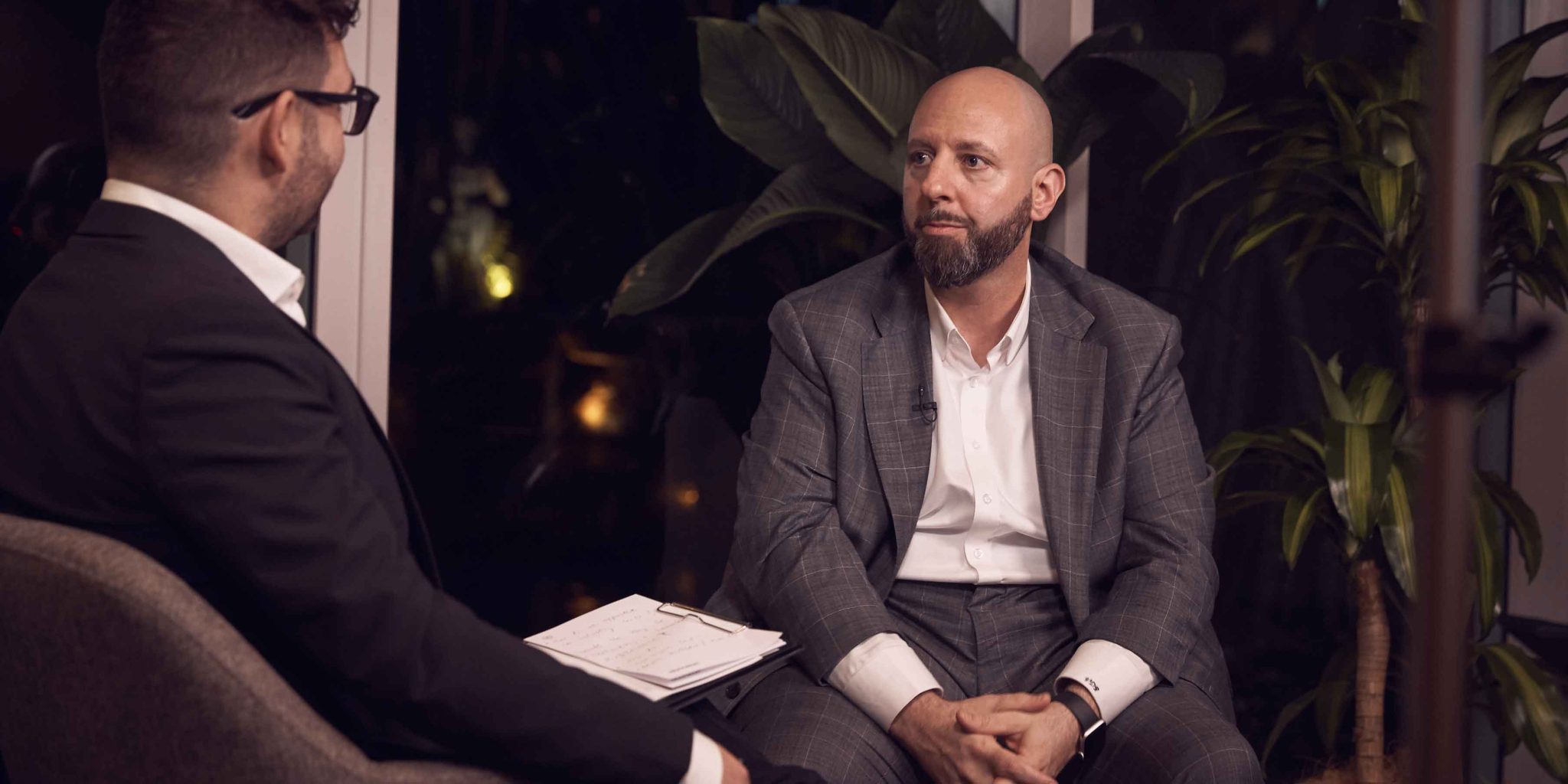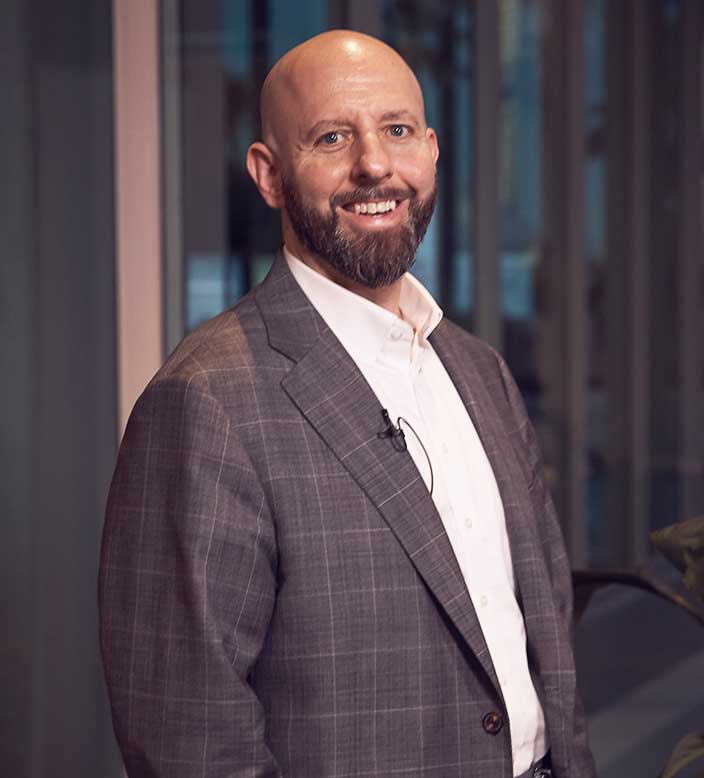Vince Pierce is General Manager (Group Transformation) at Westpac Next, the team designing and building the new generation of the bank’s service delivery platform. He ensures the customer experience is at the heart of all product strategy, service delivery, and business operations. At Digital Edge, He talks with Matthew Hanley, Partner at ADAPT, about mapping the customer journey to product development.
Matthew Hanley:
I’m here today with Vince Pierce, GM of transformation for Westpac Next. Thank you for joining us and for your keynote presentation.
How would you adopt new mindsets and in culture into the business with change, one story at a time? It requires constant relentless reinforcement.
Vincent Pierce:
I probably spend without exaggeration $40 or $50 a week just buying people coffee, sitting down having a conversation, understanding their perspective.
First of all, and like we laid out in our Changemaker journey, it’s inspiring the need to change. And we do that in Westpac Next through empathy.
Let us first understand the situation. We’re running as a bank. What’s the situation our customers are in, and how might we think about that differently? Free ourselves from the shackles of yesterday? Westpac is now over 200 years old, so we have at long, deep heritage. So that’s a big monster to pivot into a move.
Matthew Hanley:
You don’t pick it all at once? I wouldn’t say.

Vincent Pierce:
I think it was Simon Waller, or maybe it was the Amazon Web Services team, who talked about how you don’t run a marathon, you just take one step at a time. So when we envision our end to end services, we use journey mapping and value stream mapping.
We ultimately look at it like an image that’s made up of thousands of pixels. And those pixels are the individual interactions and the way we’ve staged the services. And we change those one at a time.”
We don’t change the entire customer experience at once – well, sometimes we do. But those changes are few and far between.
The days of monolithic projects and monolithic technology programs are on the way out. They’ll remain, you always need to replace the core at some stage, at 20 or 30 year intervals. But what replacing that monolithic mindset is microservices is continuous improvement, every process, every interaction, every person, every day. If we all just focused on the 1% improvement we could make in this next sprint I think we could all sign up for 1%. We couldn’t get everybody thinking about 1% and the one interaction and you multiply that by thousands of people across the enterprise where you’re empowering and enabling those people, then that’s transformational.
We spin it internally now as a service. What’s happening is that the transformation group as a service is getting plugged into this happening. We have been on the road and making this shift for years. And sometimes it takes years when you especially when you have a 200-year-old bank with a deep heritage as we do. But we frame the role of technology in Westpac to enable capabilities the business can leverage to serve customers better and provide capabilities directly to customers, so they can bank with a better experience. So that’s how we frame technology as an enabler to bankers and customers.































